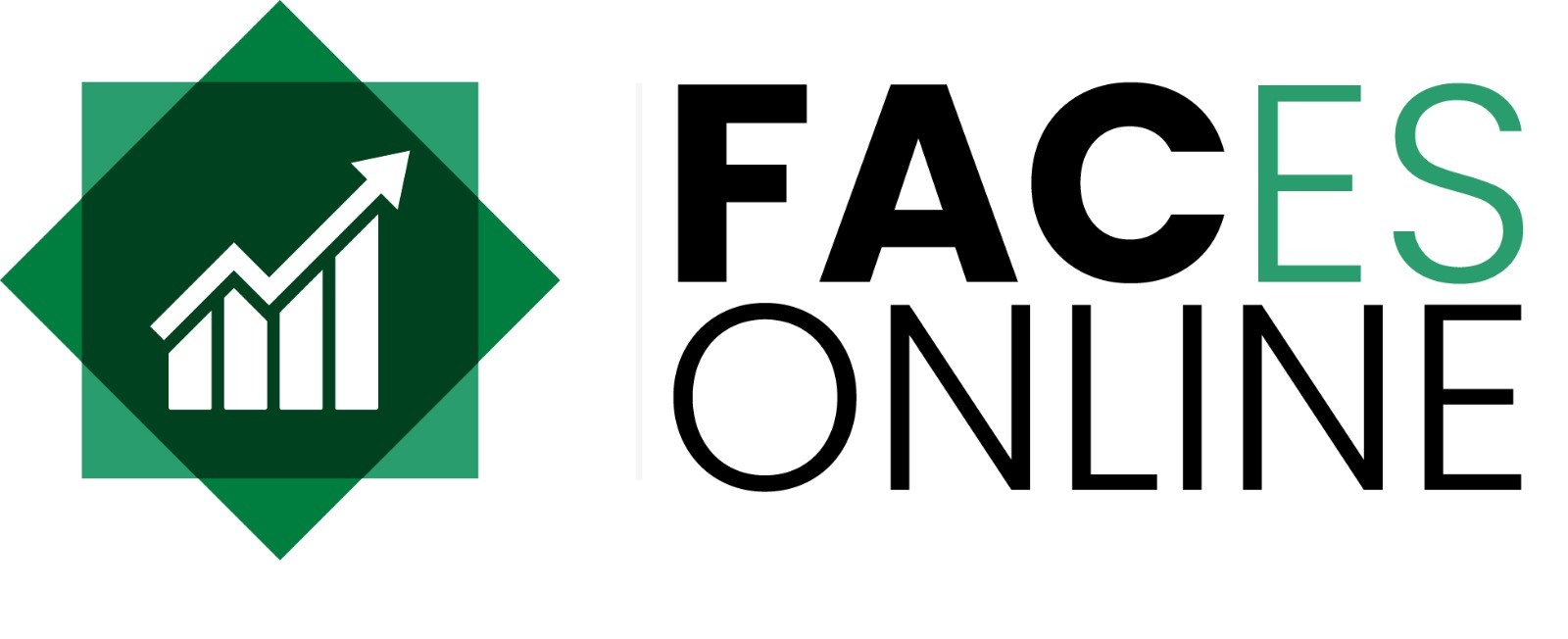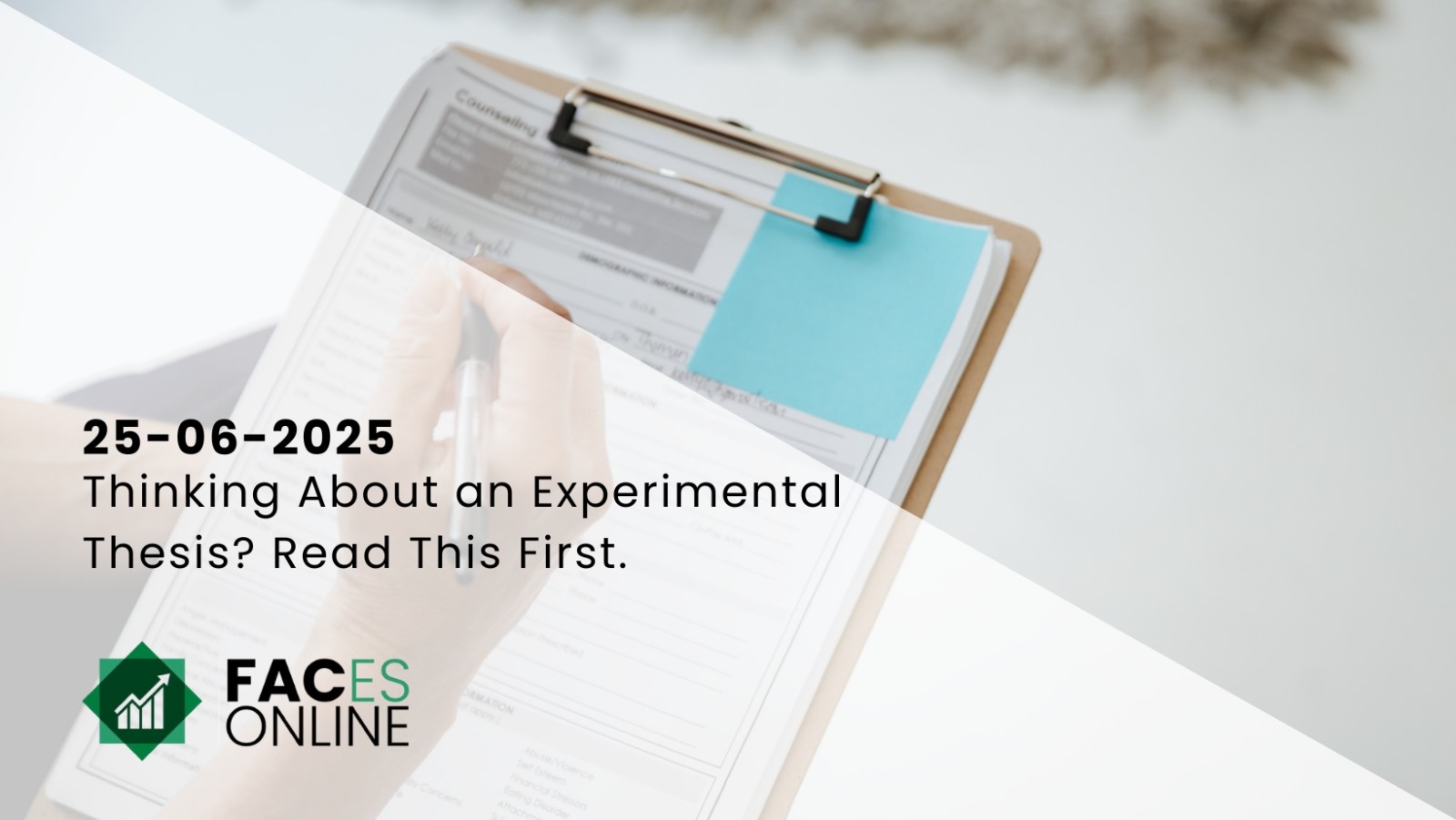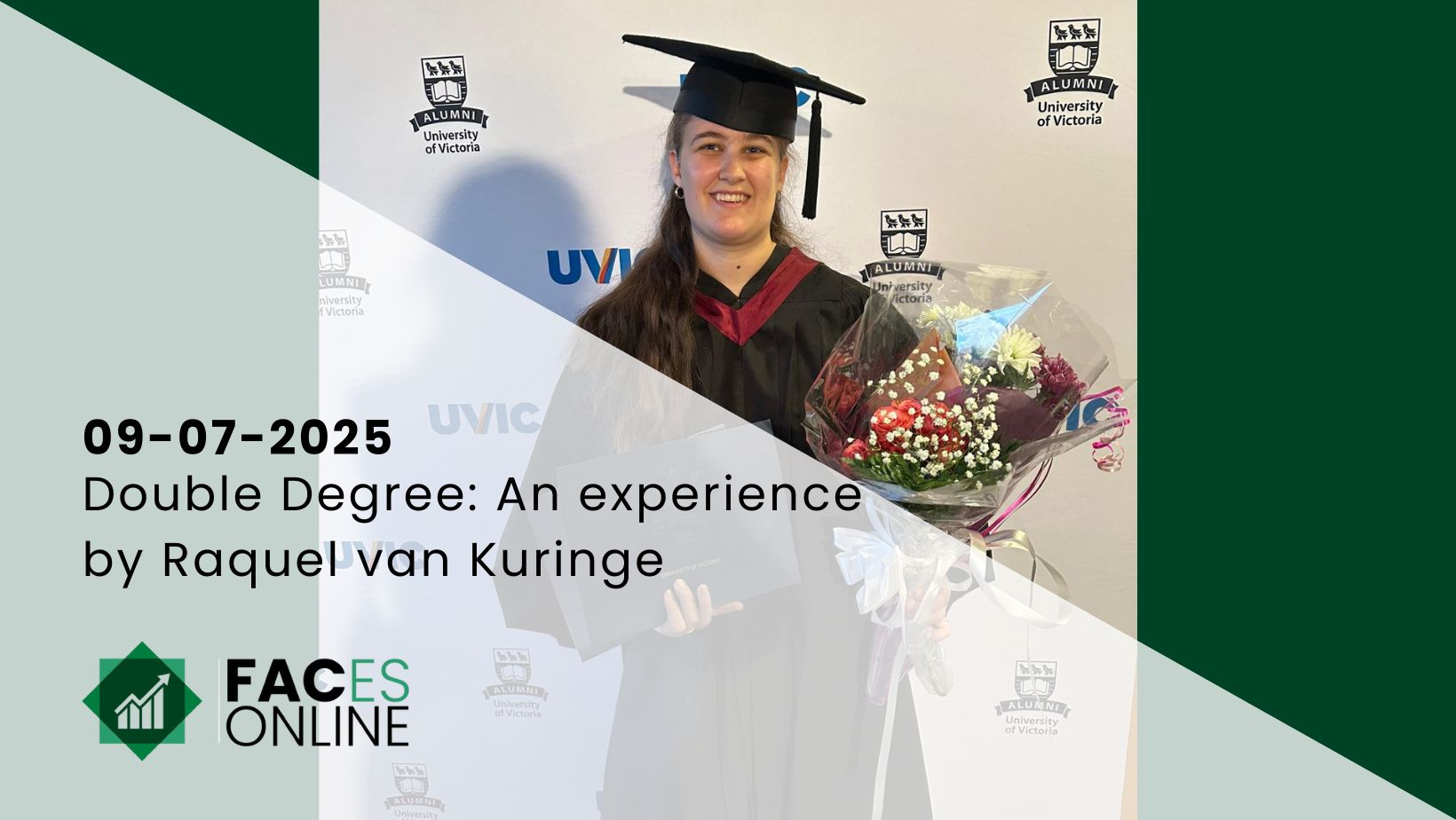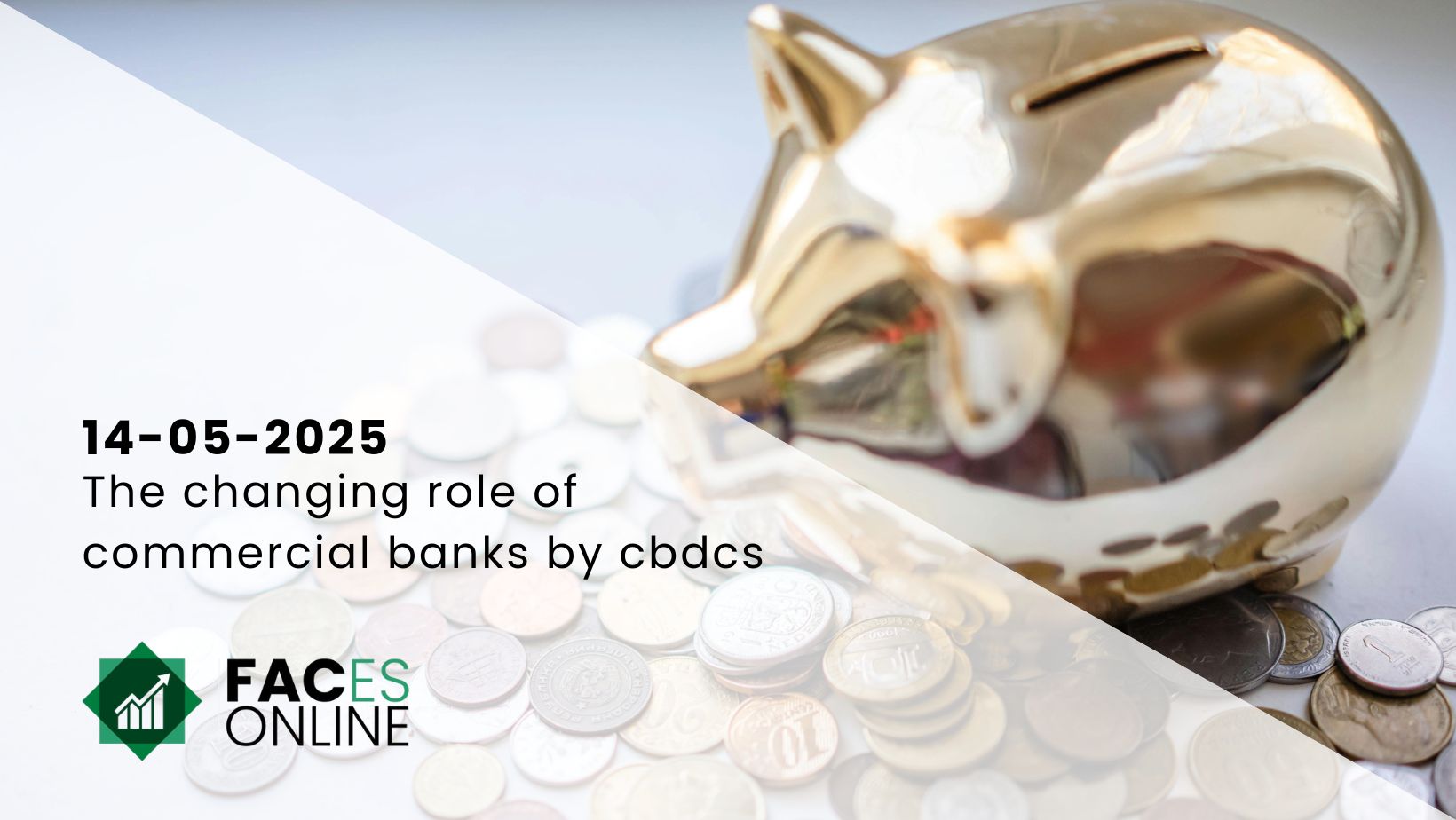By Eefje van der Sanden, co-author of Faces Online
The What and the Why: Experimental Research
The key difference between experimental research and other types of research lies—perhaps unsurprisingly—in the data collection process. Experiments require primary data: data you collect yourself. In contrast, many theses rely on secondary data—datasets that already exist and are repurposed for analysis.
While most students hunt for existing datasets or cobble together various sources, experimental research involves collecting responses through carefully designed manipulations. As the name suggests, experimental research is built around conducting experiments. Simply put, you manipulate one (or two—or if you’re bold, three or more) variables and observe how people respond.
The fun part? You can draw causal conclusions. That is, “If I do this, then that happens”—as opposed to the more tentative correlations in secondary research, where the best you can often say is, “If I pull this string, something might happen, but we can’t be sure.” That’s one of the reasons I like experiments: when done well, they let you observe real, measurable effects.
Now, let’s talk about the word manipulation. The first time I heard it in a research context, I’ll admit it sounded a bit sketchy. But in research, a manipulation simply means intentionally changing something in your setup. For example, let’s say you want to study how people react to different versions of a brand message. You could design several versions of the same message—identical except for the wording. One group sees version A, another sees version B. Then, you measure their response in terms of brand trust or brand credibility. Just like that, you’ve tested the impact of message framing. Pretty neat, right?
One reason I personally prefer experiments is that the data cleaning and analysis are usually more straightforward than in other types of research. Cleaning typically involves removing incomplete responses or those that show patterns of random answering (like selecting the same option throughout). Analysis often involves testing assumptions—like homoskedasticity—and running relatively simple tests, such as ANOVAs or t-tests. That’s it.
Tips for a Successful Experimental Thesis
If you’re feeling inspired to try an experimental thesis, here are a few crucial tips based on my experience.
1. Front-Load the Work
If there’s one takeaway from this article, let it be this: preparation is everything. You’ll need to spend significant time designing your experiment, testing it multiple times, getting feedback, and refining your manipulations. With secondary research, you can usually tweak your code and rerun your analysis. But with experiments, once data is collected, it’s locked in—you can’t go back and fix a bad question or confusing manipulation. So make sure your experiment is fully ready before you begin collecting responses.
2. Pre-Test, Pre-Test, Pre-Test
Once you’ve designed your manipulations and questions, it’s time to validate them. A pre-test allows you to check whether your manipulations work as intended and whether your measurement items are valid. For example, if you’re measuring brand trust, you’ll likely use multiple items (questions). A pre-test helps you verify if these items are internally consistent—something you can assess using a reliability analysis. You might wonder whether a pre-test is really necessary. Technically, no. But if you’re aiming for a robust, credible experiment that measures what it claims to, then the answer is a resounding yes. There’s no shortcut here. This isn’t secondary research—you need to put in the work.
3. Recruit Like It’s Your Job
Let’s talk about the reality of gathering responses. You might think it’s manageable to get 150 people to fill out your survey—and maybe it is. But what if you need 300? That’s a different story.
Here’s the hard truth: people are busy. Even friends and acquaintances may not be eager to spend seven minutes helping you graduate. And definitely not that friend you had a class with three years ago. So what can you do?
- Post on LinkedIn to reach a wider audience.
- Give yourself time—ideally a month—to collect responses. I once had only five days to do this. Don’t be like me.
- Use peer-to-peer survey exchange platforms. You’ll have to complete other students’ surveys to earn responses for your own, so start early to build credit before your own survey goes live.
It’s not easy, but with some hustle and creativity, you can make it work.
If this article has sparked your interest in conducting an experimental thesis, feel free to reach out to me at e.j.m.vdrsanden@tilburguniversity.edu.
And if you’re still on the fence, here’s my advice: if you’re willing to put in the upfront work and enjoy being creative with study design, go for it. Experimental research can be incredibly rewarding—and just a little bit addictive.















